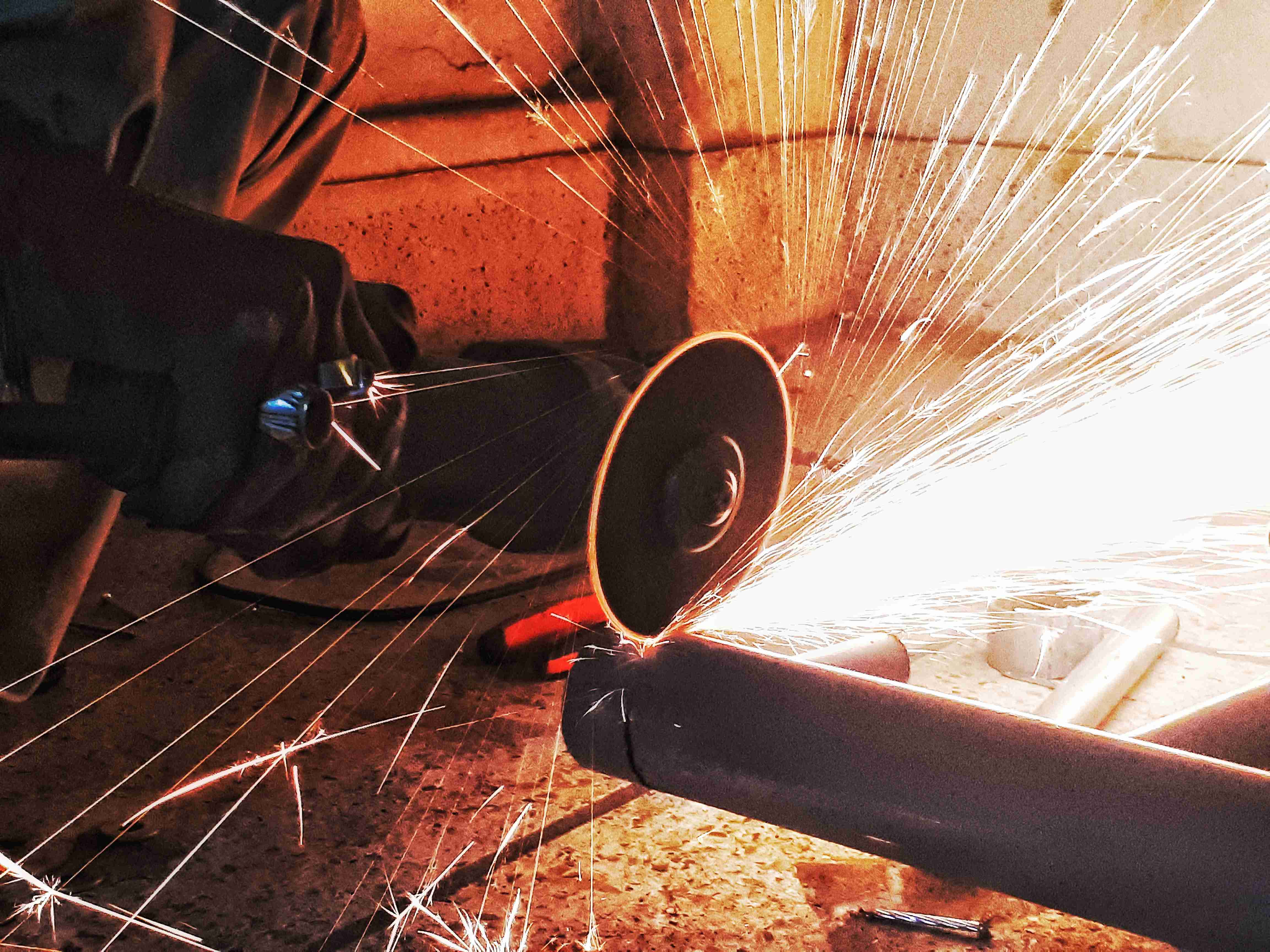"Major investments in various green technologies for green steel production are being made today"
Valentin Vogl, a doctoral student at LTH, has taken the initiative for a knowledge bank that aims to attract industry giants to invest in carbon dioxide-free steel production. The UN’s Leadership Group for Industry Transition – LeadIT – is making the database public, which could ultimately contribute to knowledge that enables the achievement of the Paris Agreement’s goal of zero emissions by 2050.
Tiina Meri – Published 29 April 2021

How did you get the idea for a database of knowledge about future steel production?
“I took part in a debate in the UK, where demands were made to open a new coal mine for steel production. In many countries, there is still a notion that steel production requires coal power and blast furnaces. But major investments in various green technologies for green steel production are being made today, so that is a myth that lives on. When I was making my point, I noticed that it was difficult to get the message across, because there was a lack of robust sources.”
So new technologies and investments are underway – why is it important to gather the initiatives?
“The Stockholm Environment Institute and around ten organisations are contributing to the database, and LTH’s Hybrit project will use it in its research. When we gather and categorise notifications about major and ambitious initiatives and investments, keeping track of the relevant agents and timelines, company leaders can gain a clearer picture of the future. This is actually of interest not only to companies, but also for wider society in pursuing environmental issues and for cities and countries that are dependent on steel production in various ways and need to transition.”
When will carbon dioxide-free steel take over?
“It is clear today that the steel industry will abandon coal. It is going too slowly, some of the commitments to reducing emissions and develop new production methods are still too vague, but there is forward movement. Although we now see the first production facilities for green steel, there is unfortunately no noticeable strong will to simultaneously forego production with blast furnaces. We need political decisions and a commitment, so that we actually close the existing steelworks as new green production is developed. The green steel must not simply become an addition to the currently existing steelworks whose major emissions affect the climate.”
The Stockholm Environment Institute (external website) and the UN’s Leadership Group for Industry Transition – LeadIT – are publishing the database which provides a picture of the steel industry’s potential and rate of change. Currently, 42 major projects for steel production with low carbon emissions are included.

Valentin Vogl
Valentin Vogl is a doctoral student at Environmental and Energy Systems and, as such, he has worked mainly with the Hybrit research project, where the hope is that hydrogen will replace coal in steel production and where LTH researchers are in charge of a particular part addressing the transition and policy instruments for the steel industry.
On the LTH side, the Hybritproject also involves climate researchers Lars J Nilsson and Max Åhman.
Steel and climate impact
Currently, 7–10 per cent of greenhouse gas emissions caused by humans originate from steel production. Half of the steel produced worldwide is used for buildings and infrastructure.
A low-carbon future places demands on large amounts of steel, for wind turbines and flood barriers to deal with rising sea levels, for example.

Low carbon steel technologies
Hydrogen direct reduction is a technology to convert iron ore into iron using hydrogen as a reaction agent. The product is called sponge iron or direct reduced iron (DRI). Hydrogen can be produced in different ways. Most of the projects in the database developing this technology aim to produce hydrogen from water through electrolysis, an electrochemical process splitting water by applying an electric current.
Carbon capture and storage cleans the carbon dioxide from the tailpipe of steel production processes and then transports it to a location of permanent storage. A few projects in the database aim to develop this technology.
Direct electrification of ironmaking is a novel way of converting iron ore to iron by applying an electric current to iron ore which is dissolved in a liquid. The database captures two different versions of this process, which are both in relatively early stages of technological development.
